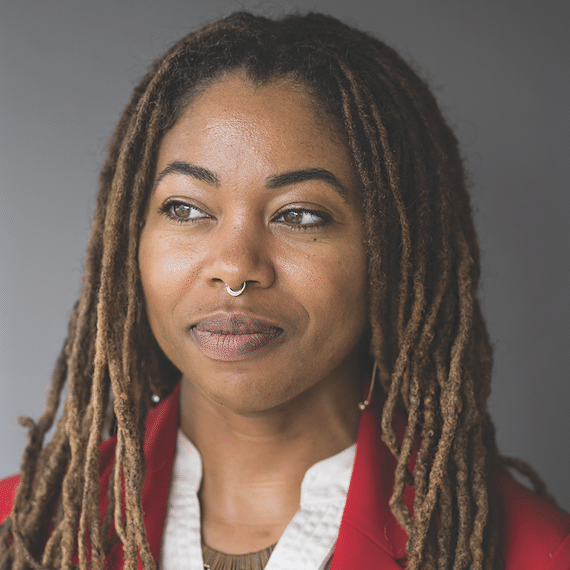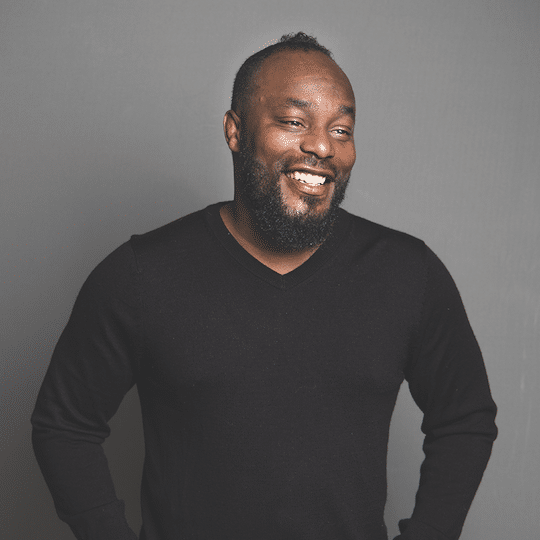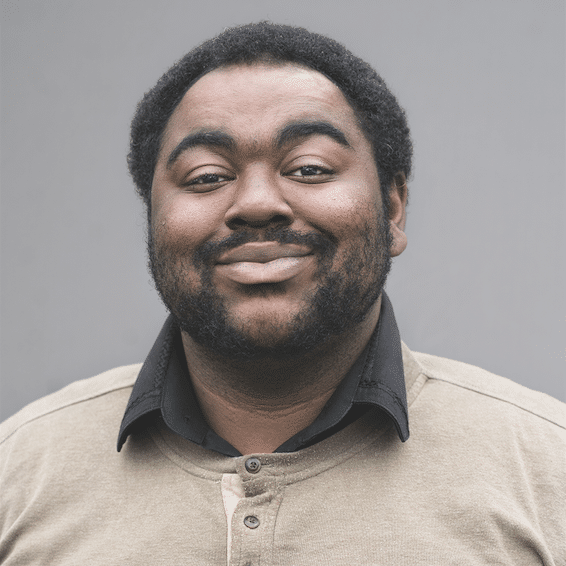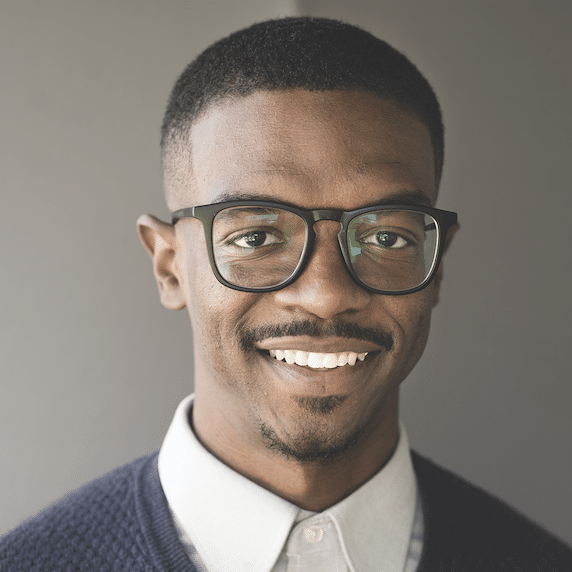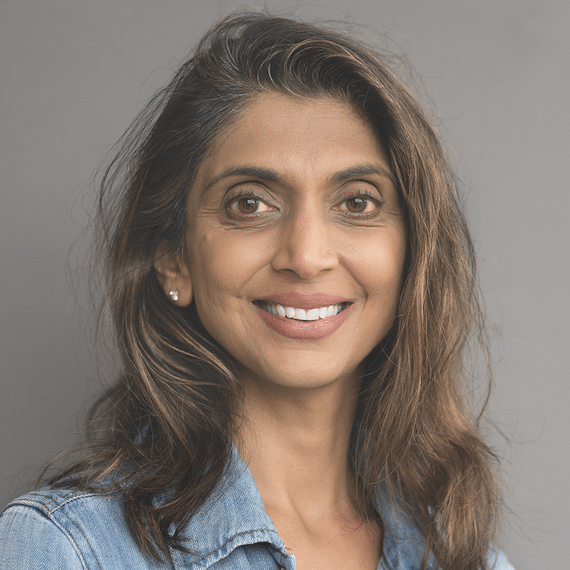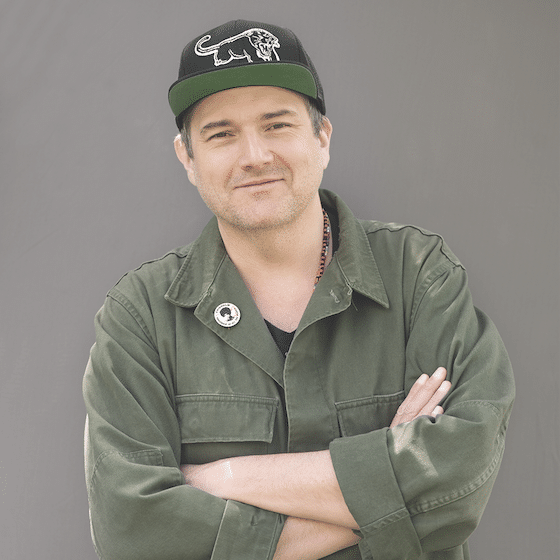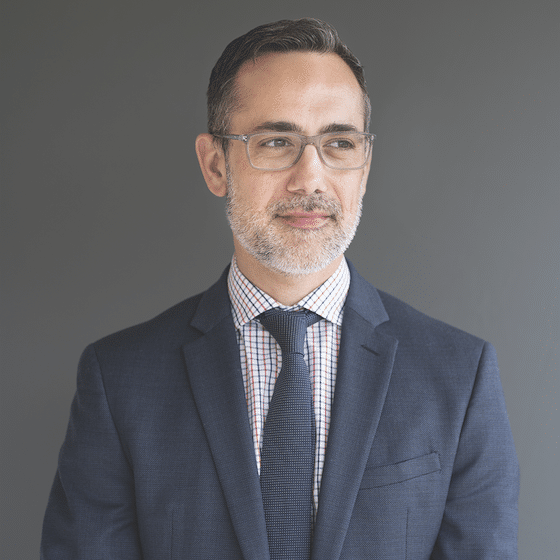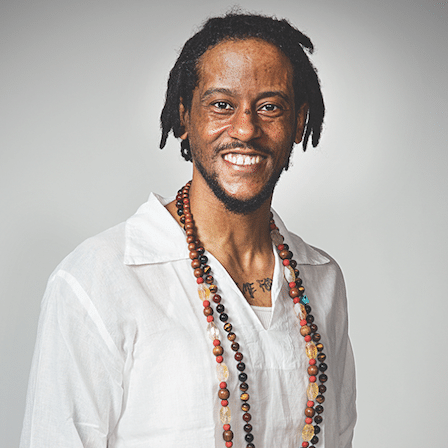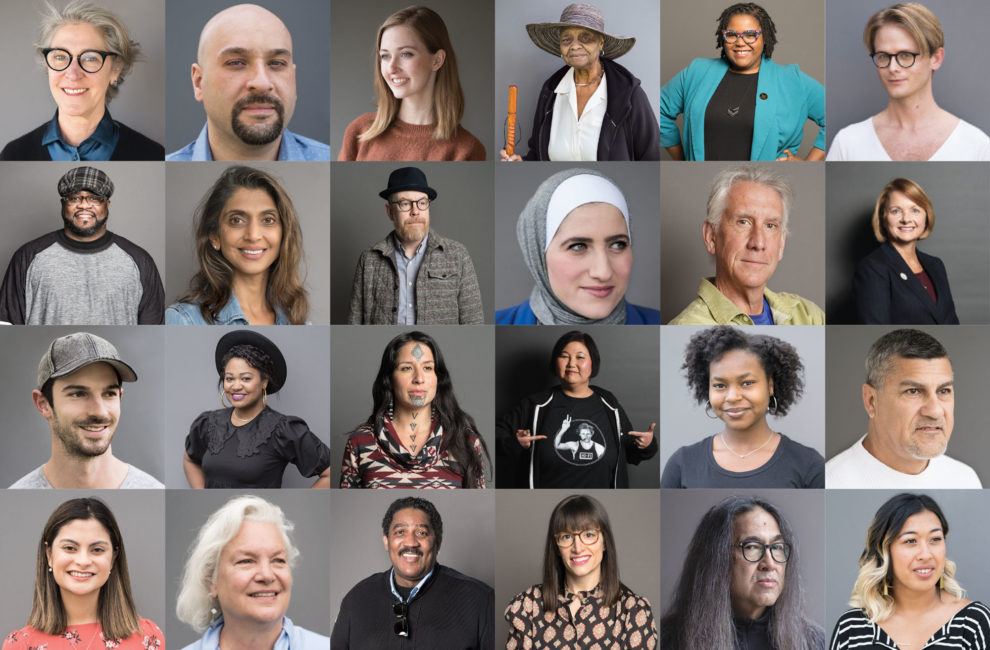
200 Voices Of Indianapolis
Among other painful reminders, the last few months have highlighted how divided we are as a city. From the pandemic to the protests, Indy residents have split along old racial and ideological lines. Masks have become a political position. Depending on your point of view, the activists downtown were either freedom fighters or criminals. The harmony Robert F. Kennedy called for in his famous 1968 speech here seems farther away than ever.
And yet. As the magazine’s staff set out to interview 200 Indy residents for the 200th anniversary of the city this month, we discovered many of them shared the same joys and frustrations. Sure, there were the inevitable disagreements about the wisdom of the Red Line and the raising of the minimum wage. But there was an almost universal desire for more public investment in the roads. We all want IPS to be better. Just about everyone misses Atlas Supermarket.
What follows was created in the weeks before the civil unrest in late May, so none of the participants speak to that directly. In the responses given by many people of color, though, it’s easy to see the hurt and anger that led to the demonstrations. The last question we asked in every interview was, “What will Indy look like in 20 years?” In his answer, Haughville chef Corey McDaniel put it best: “The racial divide here—somehow, that has to be overcome.”

What has the coronavirus crisis taught you about the people of Indianapolis?
“That we come together pretty quickly when something like this happens, which is a nice surprise. We don’t sit around waiting for an answer from the outside.” Stacia Murphy, 38, Ph.D. student at IUPUI, Lives on the east side

What’s your happiest memory here?
“Buying my first house, on 33rd Street. That had been a lifelong goal, and my wife and I worked really hard to get it. I had three jobs. We hosted a housewarming party with about 50 people, and it was a very diverse group from Broadway United Methodist Church up the block. That’s what Indianapolis really looks like.” DeAmon Harges, 47, Founder of The Learning Tree, Lives in Mapleton-Fall Creek

How has Indianapolis disappointed you?
“I didn’t like it when the crowds booed Andrew Luck. He brought such great momentum, and when he decided to take care of himself, we boo him? We put up a statue of someone who left in the same sport. I always thought that was weird.” Daryl Hollonquest Jr., 26, Comedian, Lives in Arlington Woods

What long-gone Indianapolis business do you miss most and why?
“The Earth House. It was a creative space, cafe, workshop, and community hub downtown. I feel like a lot of the coworking spaces everyone is trying to open today are just commercial versions of it.” Mat Davis, 28, Neighborhood organizer at Axiom Collective, Lives in Ripley Park

What is Indy missing?
“A multi-cultural mindset. I’m from India, and I’d love for people to be as interested in my culture as I am in theirs.” Sejal Patel, 47, Ower of Lulu’s Coffee & Bakehouse, Lives in Traders Point

What piece of optimistic advice would you give someone who was moving here?
“Indianapolis is an incredible place for grassroots creators. There are enough people here to mobilize a new idea, but not so many that your voice is lost in the crowd.” Kyle Long, 43, DJ and music journalist, Lives in Woodruff Place

What changes would you make if you were mayor?
“I’d launch a full-court assault on surface parking lots.” Chad Priest, 44, CEO of the Indiana region of the American Red Cross, Lives in Meridian-Kessler

What will Indy look like 20 years from now?
“This is totally up to us. Indianapolis can be a beautiful, diverse place that is economically thriving for everybody. Or it can be what it has classically been. We have the ability to be as great as any other big city. It all depends on the mentality of the people. The racial divide here—somehow, that has to be overcome.” Cory McDaniel, 43, Chef, Lives in Haughville


